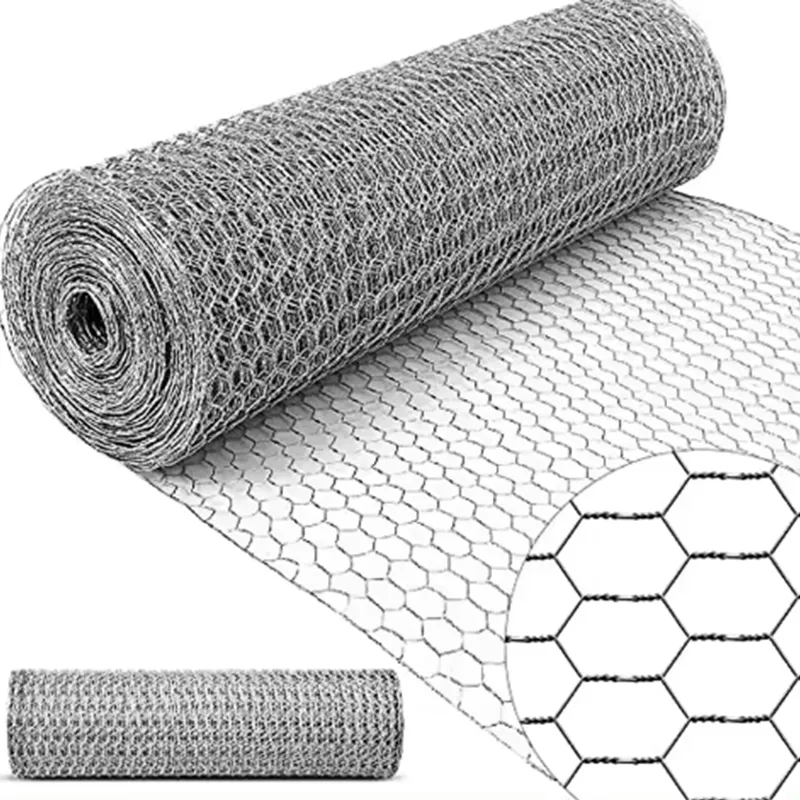-
 Phone:
Phone: -
 Email:
Email:

Rock Mesh Retaining Wall Solutions for Sustainable Landscape Design and Erosion Control
Rock Mesh Retaining Walls An Innovative Solution for Stability and Aesthetics
Rock mesh retaining walls have emerged as a popular solution in civil engineering and landscape design, providing exceptional stability and aesthetic appeal to various terrains. Unlike traditional concrete or timber walls, rock mesh retaining walls utilize a flexible mesh system to hold soil and rocks in place, creating a robust structure capable of withstanding significant lateral pressure. This method harmonizes functionality with environmental considerations, making it an ideal choice for a variety of applications.
The underlying principle of rock mesh retaining walls is the use of wire mesh baskets filled with local stone, which allows for the structure to adapt to shifting soil conditions. This flexibility is crucial in regions prone to earthquakes, heavy rainfall, or landslides, where traditional rigid walls might fail. The mesh provides a containment system that enables the natural movement of soil and rock, reducing the risk of catastrophic failure and emphasizing safety.
One of the standout features of rock mesh retaining walls is their ecological benefit. Traditional retaining walls often disrupt natural drainage patterns and can lead to increased erosion. In contrast, the rock-filled mesh allows for natural water flow, reducing runoff and promoting groundwater recharge. The voids between the rocks also encourage plant growth, fostering biodiversity. This bioretention capability makes rock mesh walls not just functional but also beneficial to the environment.
rock mesh retaining wall

Aesthetic versatility is another significant advantage of rock mesh retaining walls. The use of natural stone allows these structures to blend seamlessly with their surroundings, whether in a rural landscape or an urban environment. Designers can select stones that match the color and texture of the existing terrain, creating a visually appealing structure. The option to incorporate vegetation into the design further enhances this aesthetic aspect, as creeping plants can be encouraged to grow along the mesh, softening the hard edges of the wall.
Moreover, the installation of rock mesh retaining walls is typically quicker and less labor-intensive than that of traditional walls. The modular approach allows for quicker assembly, which can significantly reduce construction time. Additionally, the lightweight nature of the materials involved means that heavy machinery is often unnecessary, leading to lower overall costs.
However, it is essential to consider proper engineering and design principles when constructing a rock mesh retaining wall. Factors such as site analysis, drainage requirements, and soil characteristics must be thoroughly evaluated to ensure the durability and effectiveness of the wall. Engaging experienced professionals to handle the design and construction phases is crucial to achieving optimal results.
In conclusion, rock mesh retaining walls stand out as a modern solution in civil engineering and landscaping. With their blend of strength, flexibility, environmental stewardship, and aesthetic appeal, they provide a compelling alternative to more traditional methods. As we continue to face challenges related to soil stability and environmental preservation, the adoption of innovative structures like rock mesh retaining walls will play a vital role in shaping a sustainable future.
-
Wire Mesh for Every Need: A Practical SolutionNewsJul.25,2025
-
Steel Fences: Durable, Secure, and Stylish OptionsNewsJul.25,2025
-
Roll Top Fencing: A Smart Solution for Safety and SecurityNewsJul.25,2025
-
Cattle Farm Fencing Solutions for Maximum SecurityNewsJul.25,2025
-
Affordable Iron Binding Wire SolutionsNewsJul.25,2025
-
Affordable Galvanized Wire SolutionsNewsJul.25,2025
-
Wire Hanger Recycling IdeasNewsJul.25,2025








